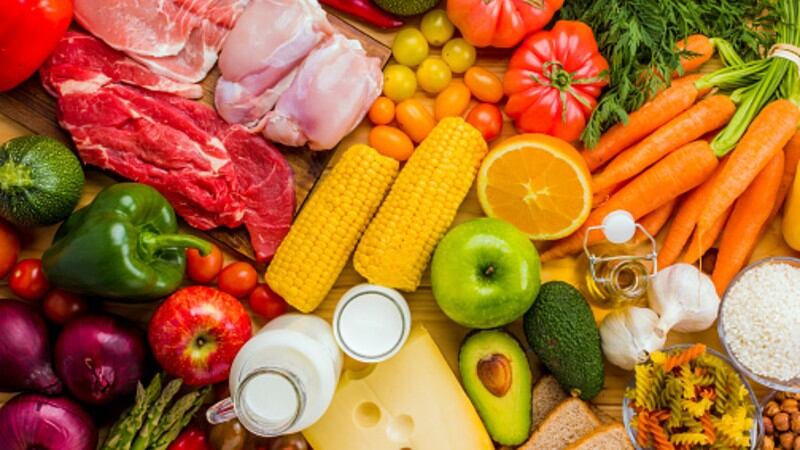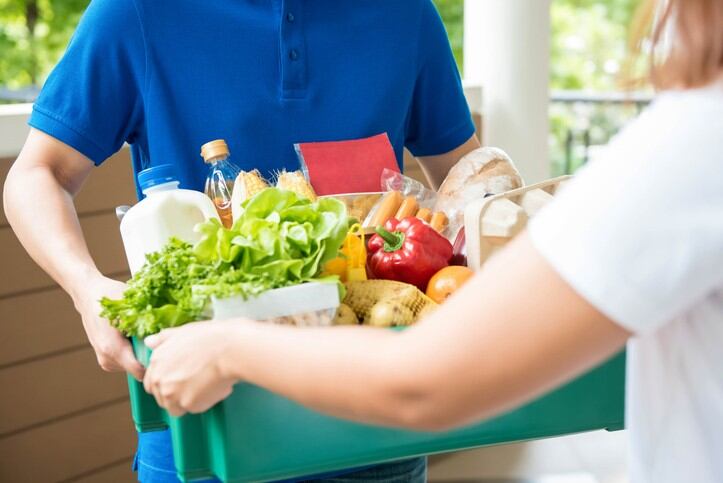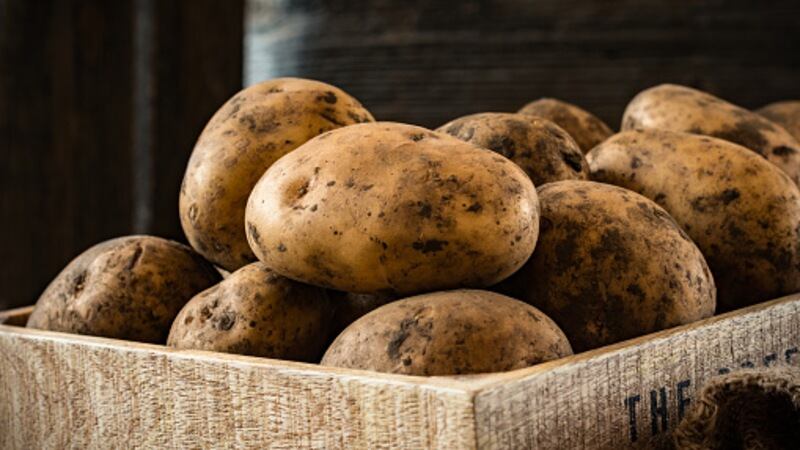The total value of New Zealand exports to all countries has fallen by NZ$73mn (US$43.7mn)to around NZ$17bn (US$10.2bn) as of the first week of May 2020 according to preliminary data from government statistics department Stats NZ, but confirmed data from March 2020 has shown that significant amounts of food exports have prevented this gap from being larger.
“Fruit exports rose by a total of 54% (NZ$115mn/US$68.9mn) in March 2020 as compared to March 2019, whereas milk powder, butter and cheese rose 7.6% (NZ$106mn/US$63.5mn) whereas meat and edible offal rose 11% (NZ$102mn/US$61.1mn),” said Stats NZ spokesman Darren Allan.
“[This helped to maintain a rise] for overall exports to some of New Zealand’s top trading partners such as Japan, the United States and European Union.”
Total New Zealand exports to Japan rose by 22% (NZ$64mn/US$32.3mn) to hit NZ$352mn (US$210.6mn), whereas those to the United States rose 9.4% (NZ$53mn/US$31.7mn) to reach NZ$623mn (US$373mn) in total, and those to the EU rose 8.2% (NZ$45mn/US$26.9mn) to hit NZ$595mn (US$356.2mn).
The good news is that this momentum appears to be continuing, with preliminary data from April showing healthy growth for dairy and fruit and steady numbers for meat, though this is still pending confirmation and analysis.
The growth in food has been particularly important as drastic drops in several of New Zealand’s other major exports such as forestry products (down by 35% or NZ$185mn/US$110.7mn) and crude oil (down by 40% or NZ$22mn/US$13.2mn) and increases in its petroleum (up by 74% or NZ$389mn/US$232.8mn) and machinery (up by 11% or NZ$70mn/US$41.9mn) imports means that without the food export growth, the country’s trade deficits could have put it severely in the red.
That said, businesses and consumers have still been advised against making any rash decisions based on this data given the large uncertainty that still exists in the various market.
“Comparing the values this year with previous years shows the potential impacts of COVID-19 [but] we still advise caution in making decisions [solely] based on this data,” he said.
China and Australia still lagging
Despite these positive numbers, the bad news is that New Zealand has not managed to bring export numbers to its biggest partner China back up just yet.
Total exports to China dropped by 5.8% or NZ$87mn (US$52.1mn) to NZ$1.4bn (US$838.4mn), although this is unsurprising considering that meat and seafood exports to China were heavily impacted earlier this year.
Exports to Australia have also not yet gotten back on track, with New Zealand exports Down Under dropping 8.9% or NZ$72mn (US$43.1mn) to NZ$738mn (US$442.1mn). According to the New Zealand Foreign Affairs and Trade Ministry, both countries operate under a Single Economic Market (SEM) concept and trade recovery is expected to be quicker.
As part of the Asia Pacific Economic Cooperation forum, all three countries have pledged to make food supply chains a specific focus in regrowing their economies.
“We will work to facilitate the flow of essential goods and services [including agriculture] and food products and other supplies across borders, minimise disruptions to the global supply chains [and] ensure that trading links remain open [as well as] resolve any unnecessary barriers to trade,” said the trade ministers of all three countries as part of the pledge statement.
China has already eased lockdowns in the country, Australia is doing the same, and New Zealand has already ‘declared victory’ over COVID-19 and lifted lockdowns, so it is likely that trade relations (currently controversial commodities such as barley aside) will proceed to get back on track within the next few months.





